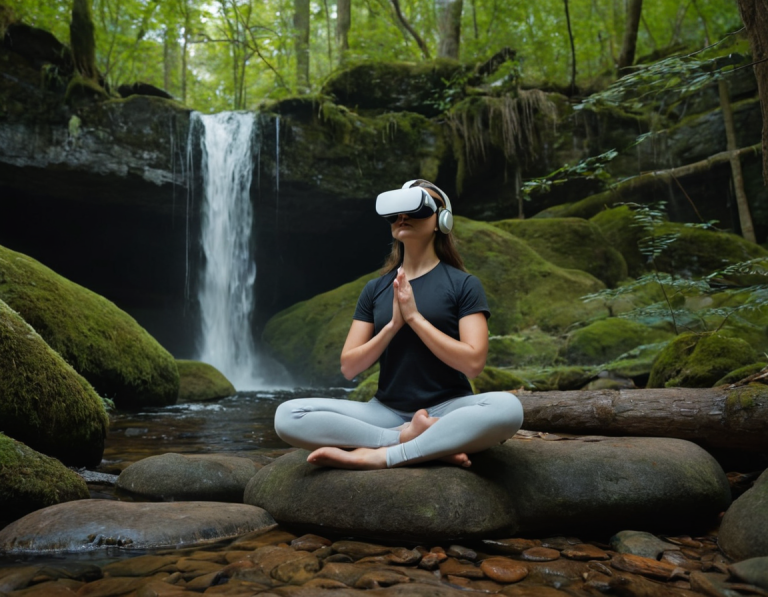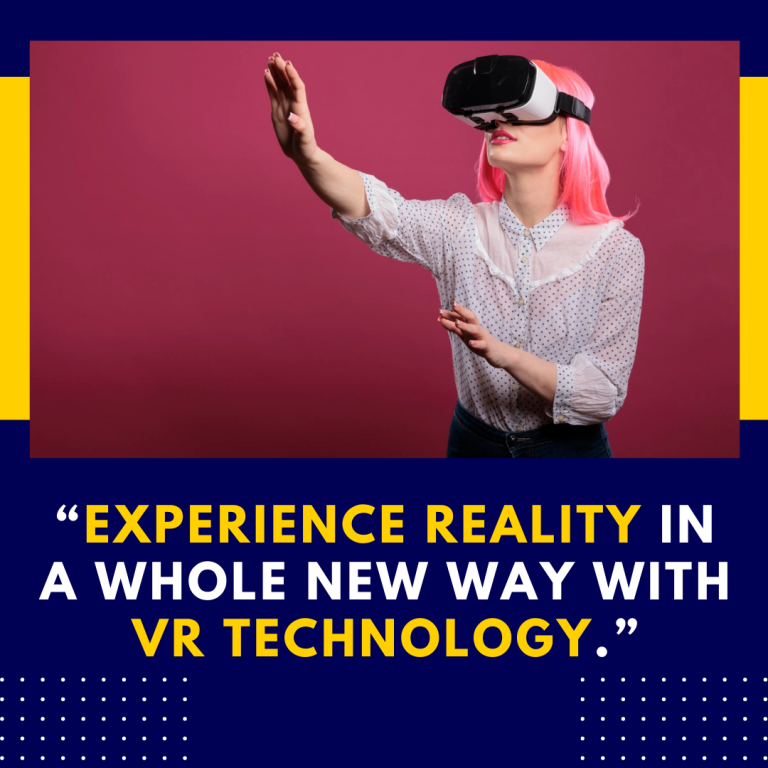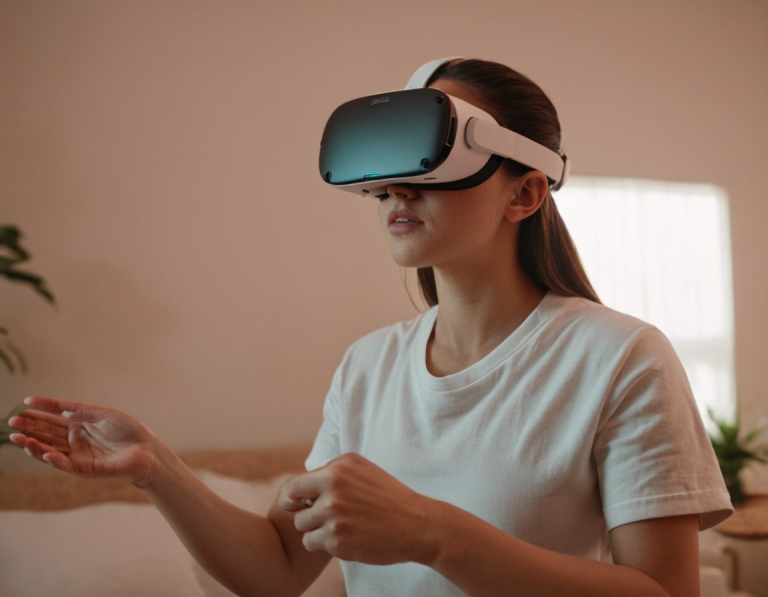What Is the Resolution of the Oculus Quest 2? Understanding the Visual Fidelity of Your VR Experience
When it comes to virtual reality (VR) headsets, one of the most critical factors affecting the quality of your experience is resolution. The Oculus Quest 2, Meta’s popular standalone VR headset, has garnered attention for its impressive visuals, but what exactly is its resolution, and how does it impact your VR experience? In this blog post, we’ll delve into the resolution specifications of the Oculus Quest 2, explore how it compares to other headsets, and discuss how resolution affects overall visual fidelity in VR.
Oculus Quest 2 Resolution Overview
The Oculus Quest 2 features two key resolution metrics:
- Resolution per Eye: 1832 x 1920 pixels
- Total Resolution: 3664 x 1920 pixels
These numbers reflect the pixel density and clarity of the display you experience in each eye, which are crucial for overall visual quality.
Breakdown of Oculus Quest 2 Resolution
**1. *Resolution Per Eye*:
The Quest 2’s resolution of 1832 x 1920 pixels per eye translates to a total of 3.5 million pixels. This high resolution contributes significantly to the headset’s visual clarity, reducing the screen-door effect (the visible grid of lines that sometimes appears on lower-resolution displays).
- Field of View: The Quest 2 offers a field of view (FOV) of approximately 89 degrees. This FOV is the extent of the observable world you see at any given moment. While the resolution is high, the perceived sharpness also depends on the FOV, as a wider field can impact pixel density.
- Pixel Density: Higher resolution means more pixels packed into each eye’s display, which enhances the clarity of text, textures, and other visual elements. The Quest 2’s pixel density contributes to a more immersive experience by making visuals look crisper and more detailed.
**2. *Total Resolution*:
The combined resolution of 3664 x 1920 pixels represents the total display area when both eyes’ visuals are considered together. This comprehensive resolution provides a broad and immersive visual field, minimizing the pixelation that can occur with lower-resolution displays.
- Effects on Visual Clarity: The total resolution helps ensure that text and intricate details remain sharp even when you’re up close, which is crucial for activities such as reading in VR or playing detailed games.
How Oculus Quest 2 Resolution Compares
**1. *To Other Oculus Headsets*:
- Oculus Rift S: The Rift S, another Oculus headset, has a resolution of 2560 x 1440 pixels (1280 x 1440 per eye). While it has a slightly lower resolution compared to the Quest 2, it still offers a good visual experience. The Rift S relies on an external PC for processing power, which can enhance graphical performance beyond the Quest 2’s standalone capabilities.
- Oculus Quest: The original Oculus Quest has a resolution of 1440 x 1600 pixels (720 x 1600 per eye). The Quest 2’s higher resolution is a significant upgrade, providing a clearer and more detailed visual experience compared to its predecessor.
**2. *To Competing Headsets*:
- HTC Vive Pro 2: This high-end VR headset offers a resolution of 2448 x 2448 pixels per eye, which is higher than the Quest 2. The Vive Pro 2’s resolution contributes to its reputation for delivering extremely sharp and detailed visuals.
- PlayStation VR: The PlayStation VR has a resolution of 960 x 1080 pixels per eye, which is considerably lower than the Quest 2. While it offers a decent VR experience, the Quest 2’s higher resolution provides a more detailed and immersive visual experience.
Impact of Resolution on VR Experience
**1. *Clarity and Detail*:
Higher resolution means more pixels and finer details. For the Oculus Quest 2, this translates to sharper text, more detailed textures, and an overall clearer image. This is particularly noticeable in activities like reading, watching movies, or playing games with intricate graphics.
**2. *Screen Door Effect*:
The screen-door effect is a common issue in VR where the grid of lines between pixels becomes visible. Higher resolutions reduce this effect by increasing pixel density, which is a notable advantage of the Quest 2. The 1832 x 1920 resolution per eye helps in minimizing this effect, making the visual experience more immersive.
**3. *Performance Considerations*:
While higher resolution improves visual quality, it can also demand more from the headset’s processing power. The Oculus Quest 2 balances resolution with performance by using the Qualcomm Snapdragon XR2 processor, which is designed to handle high-resolution displays efficiently. The processor ensures smooth performance without compromising the visual quality of the VR experience.
Setting Up for Optimal Resolution
To ensure you get the best visual experience from your Oculus Quest 2:
- Adjust IPD (Interpupillary Distance):
- The Quest 2 allows you to adjust the IPD to match your eye distance. Proper adjustment ensures that you’re viewing the display correctly, enhancing clarity and comfort.
- Maintain Clean Lenses:
- Keep the lenses clean to avoid distortion and blurriness. Use a microfiber cloth to gently clean the lenses as needed.
- Check for Software Updates:
- Ensure that your headset’s software is up-to-date. Updates often include optimizations and improvements that can affect visual performance.
Resources and Further Reading
For more detailed information about Oculus Quest 2 resolution and VR technology, consider exploring the following resources:
Conclusion
The resolution of the Oculus Quest 2, at 1832 x 1920 pixels per eye, plays a crucial role in delivering a high-quality VR experience. It offers sharp visuals and reduces the screen-door effect, contributing to an immersive and detailed viewing experience. When compared to other headsets, the Quest 2’s resolution stands out as a significant upgrade, particularly over its predecessor and competing models. By understanding the impact of resolution and properly setting up your headset, you can maximize your VR experience and enjoy the stunning visuals that the Oculus Quest 2 has to offer.






